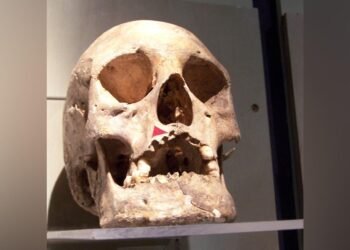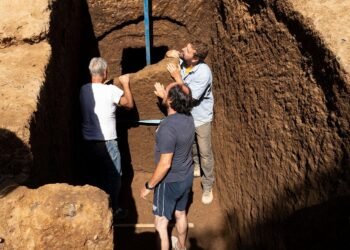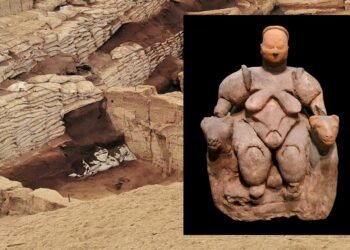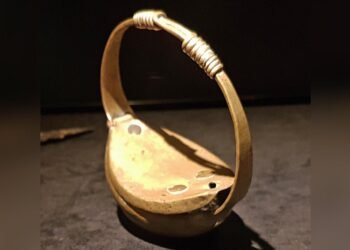To archaeologists, ancient toilets and discarded refuse are treasure troves of historical insight. Although they may lack the glamour of medieval jewels or intricate Roman mosaics, these artifacts offer valuable clues about the daily lives of past civilizations. They provide a window into the habits, diets, health, and culture of our ancestors.
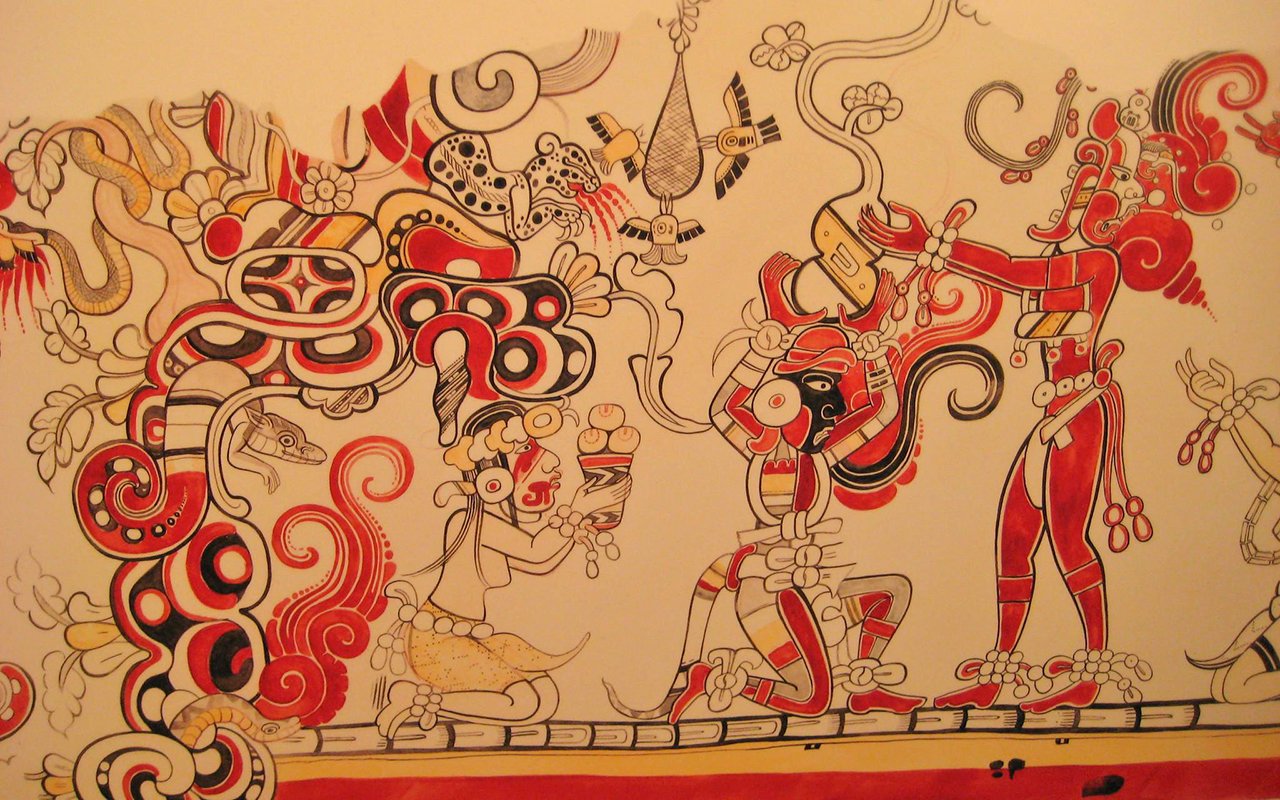
Recently, in central Guatemala, archaeologists unearthed two small circular pits that are over a thousand years old, revealing intriguing details about the Maya people’s existence. These findings shed light on their culinary practices, indoor toilets, and even the presence of parasitic infections.
In a study published in the Journal of Archaeological Science, a collaborative team from Boston University, Harvard University, and the University of Texas at Austin shared their discoveries from these pits.
The critical revelation was the presence of maize starch spherulites, tiny remnants produced during nixtamalization—a crucial food preparation process for making tamales and tortillas. This technique involves soaking and washing corn kernels in an alkaline solution of water and lime. The presence of maize starch spherulites in the pits provided tangible evidence of the Maya’s culinary methods.
However, the pits also contained another intriguing piece of the puzzle: parasitic worm eggs discovered in human feces. This revelation led the archaeologists to a groundbreaking conclusion—the Maya were utilizing these pits as latrines and flushing their indoor toilets with lime water left over from the tamale-making process.
John M. Marston, an associate professor of archaeology and anthropology at BU, has been searching for evidence of these practices since 2020. Along with a former student, Emily S. Johnson, now a graduate student at the University of California, Santa Barbara, they developed a method to detect nixtamalization residues in residues found on cooking vessels, grinding stones, and archaeological sediments.
According to Italy’s University of Gastronomic Sciences, nixtamalization was the key to pre-Hispanic nutrition, endowing maize with increased elasticity and nutritional benefits, including higher calcium and niacin (vitamin B3) levels. This ancient culinary technique was fundamental to the Maya way of life, contributing to their nutrition and culture.
More information: Santini, Lauren M. and Weber, Sadie L. and Marston, John M. and Runggaldier, Astrid, First Archaeological Identification of Nixtamalized Maize, from Two Pit Latrines at the Ancient Maya Site of San Bartolo, Guatemala. Available at SSRN: https://ssrn.com/abstract=3948399




